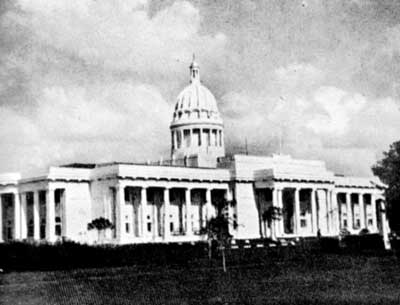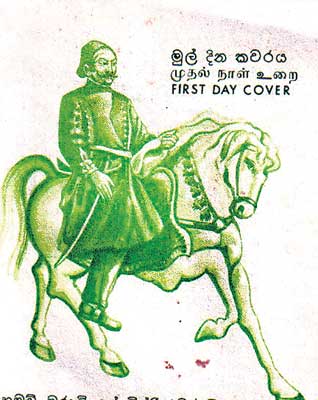The Sinhala-Muslim riots of 1915
It was on May 28, that the riots of 1915, commonly known as the 'Muslim riots' occurred. Arising from a petty incident in Gampola town, Muslim traders in the neighbouring town of Kandy decided not to allow any processions of Buddhists to disturb worship at their mosque by the noise of the traditional drums and flutes. The Buddhists were equally determined to hold the Vesak procession following the usual route. When the procession reached the mosque, the Police managed to divert part of it but when the remainder passed through, jeering and stone throwing began. There was pandemonium. The result was a large number of deaths and loss to properties.
The Government acted hastily letting the military handle the situation. Martial law was declared. The military came hard on the people particularly the Sinhalese and Buddhists.
All the prominent Sinhalese leaders, particularly those who were working in the temperance movement were arrested and jailed even though they had helped to restore order and in protecting the lives and property of the Muslims. In the Legislative Council, Sir Ponnambalam Ramanathan defended the Sinhalese leaders in a series of speeches condemning the excesses committed by the British forces in suppressing the riots.
Meanwhile, E W Perera, another patriot left for England to whip up public opinion in sympathy of the grievances of the Sinhalese.
The British government was forced to intervene by pressure of public opinion both in Sri Lanka and in England. The Governor, Sir Robert Chalmers was recalled and replaced by Sir John Anderson, who had to repair the damage done by the military rule. |


